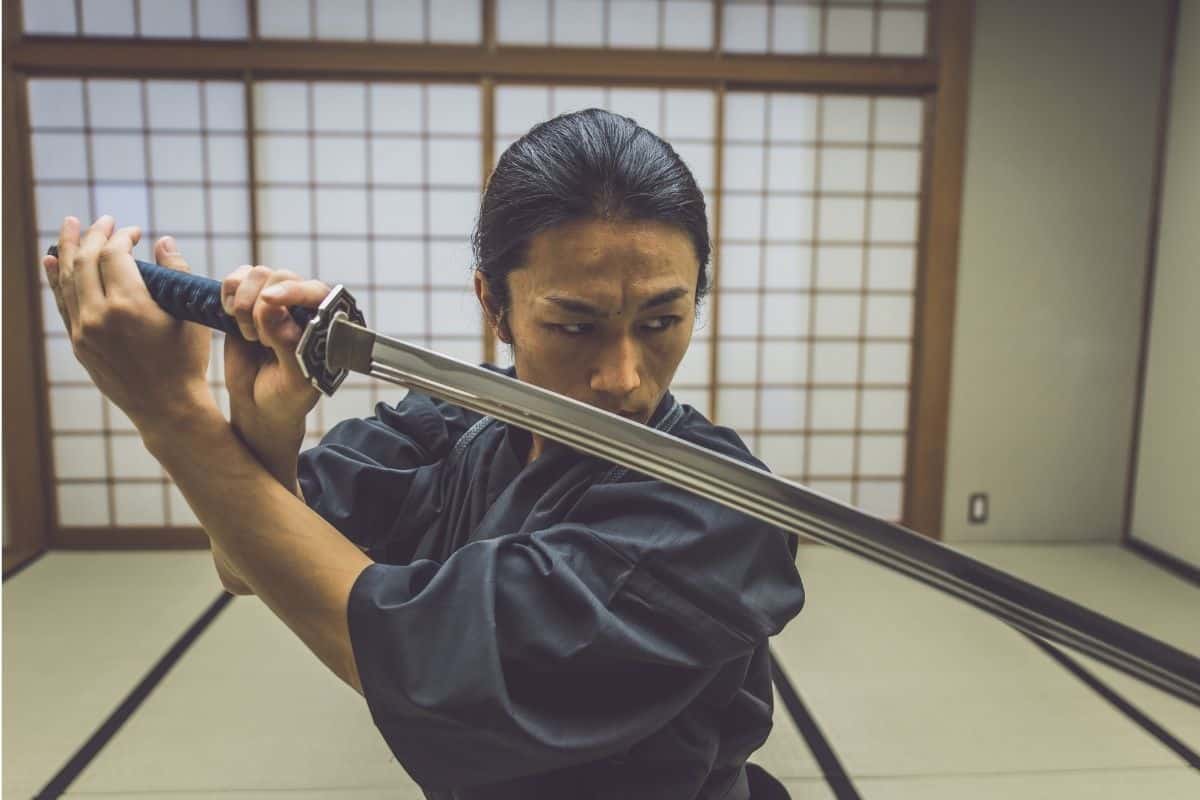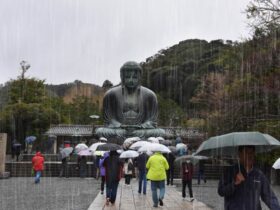Samurai warrior clans were officially ended in 1876, the Samurai warriors were the traditional military nobility and soldier aristocracy of ancient Japan. They were the daimyo’s (landowners) paid subordinates They had great status and exceptional power.
Bushido or Way of the Warrior
In total Samura practiced Bushido (Samurai moral code) principles of overcoming suffering and unwavering commitment, participating in many local military engagements in Japan. They were the guardians of the Daimyo estates during the Edo era.
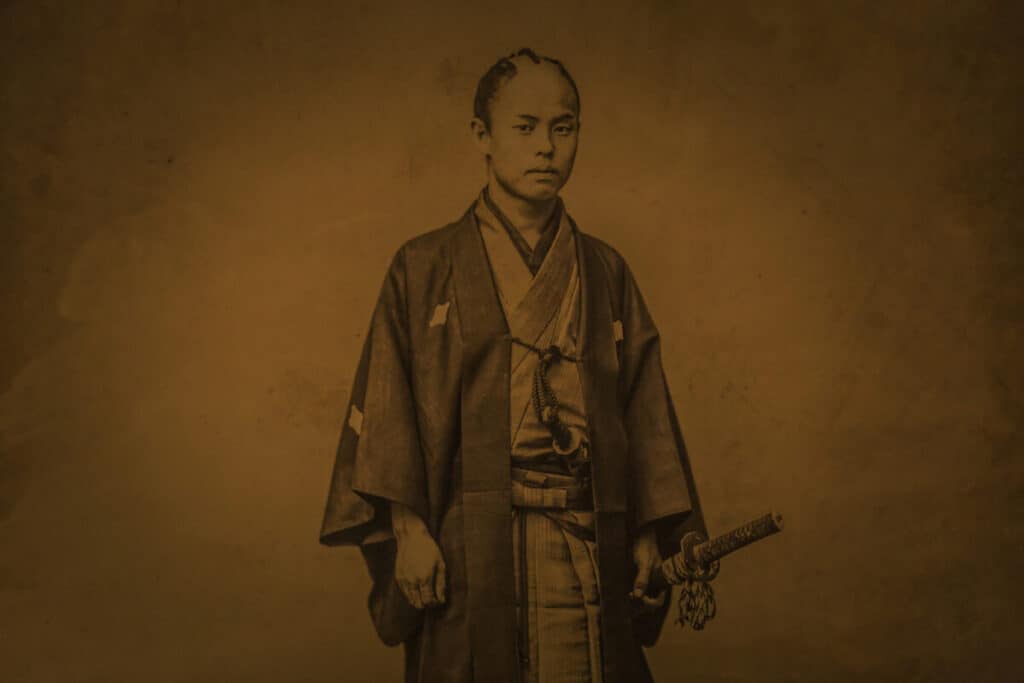
Samurai households made up less than five percent of Japanese society in the 1870s. Their traditional responsibilities were abolished by the Meiji reform by emperor Mejiji in 1868, and they transitioned into professional and enterprising occupations. In Japanese culture today the memories and armament of Samurai are still popular.
In Japanese Samurai were called bushi meaning warrior.
Samurai were instructed as warriors in combat techniques and overall strategy and were generally affiliated with a family clan and its ruler. Despite the fact that samurai made up a small percentage of Japan’s population at the time, their precepts may still be reflected in everyday Japanese life and in present Japanese martial arts.
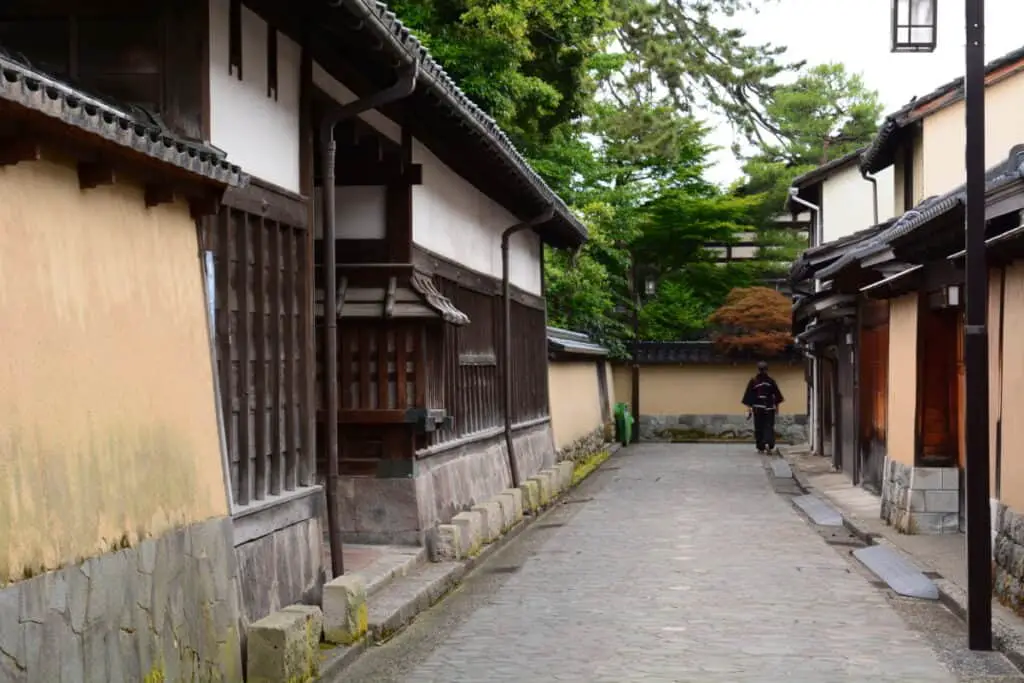
The Samurai began to fade from prominence and their fate was sealed by emperor Meiji.
The samurai were reformed and began to modernize in the mid 19th century. In 1855, The city of Nagasaki constructed a naval training school. For many years, military trainees were sent to Foreign naval institutions, beginning a history of foreign-educated future commanders.
Naval fortresses in Nagasaki were built with the help of French military engineers. The Japanese navy of the Tokugawa shogunate already had eight western-style steam military vessels.
The End Of An Era
Samurai accounted for only 4-6% of the population in the 1870s or Approximately 400,000 households with around 1.9 million people. They came under the control of Emperor Meiji’s power in 1869, and they were the most impacted of all the castes during the Meiji reformation.
Despite the fact that many samurai participated in the Meiji restoration, the elder ones constituted an outdated institution with a stranglehold on military might and, to a significant degree, education.
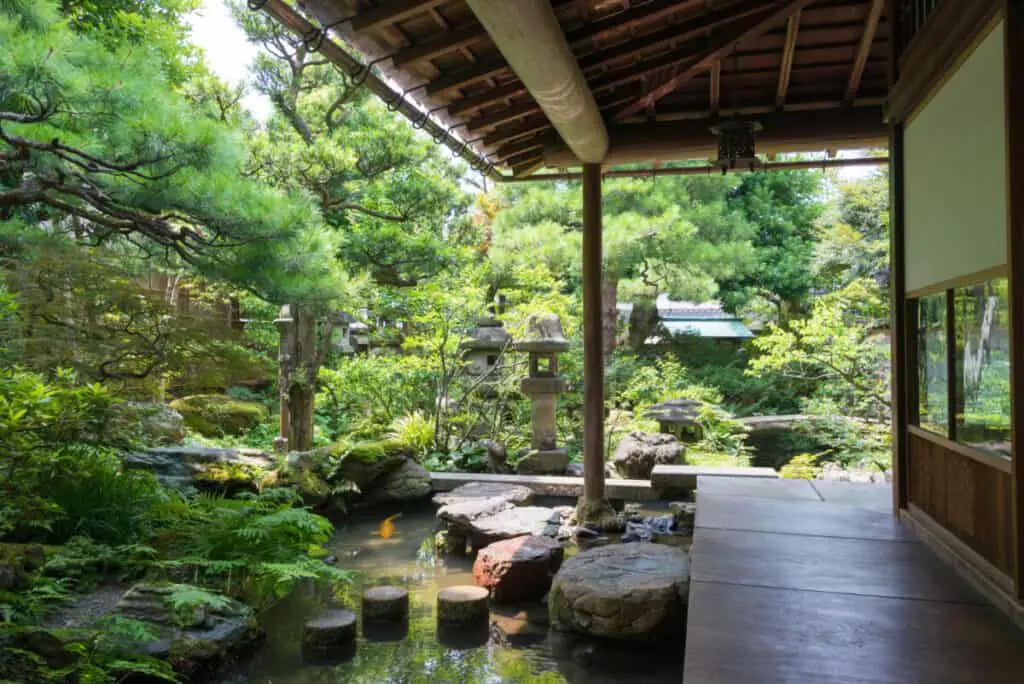
The Meiji emperor made it a priority to eventually eliminate the whole samurai class and incorporate them into Japan’s new classes of work, military, and business life.
The Legacy of Samurai
Samurai, as nobles over hundred of years, established their own traditions that Shaped Japanese society as a whole for generations. Over time the culture of samurai rituals and traditions changed Japanese culture by introducing the tea ceremony, black and white ink painting, stone gardens, and even Japanese poetry.
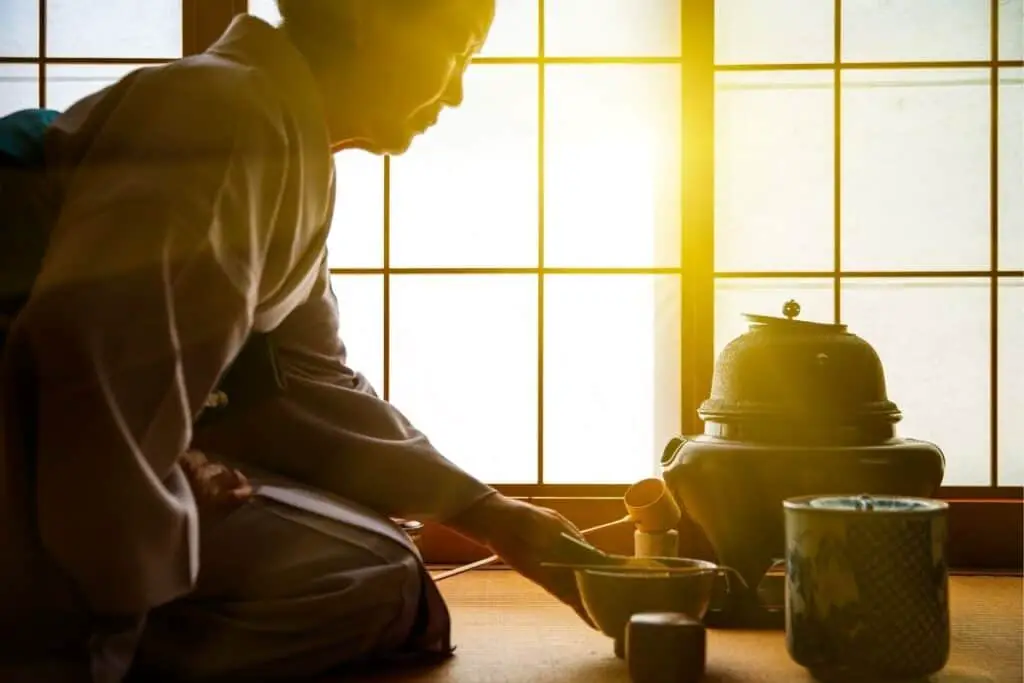
Weapons: Tools of The Trade
Most westerners associate the slightly curved long sword and sometimes the Katana with the ancient warrior class.
Samurai Swords
Japanese swords are indeed weaponry that was associated with samurai warriors. The swords from the Nara era, known as Chokut, had a straight blade. Curved tachi and, finally, the katana emerged about the year 900.
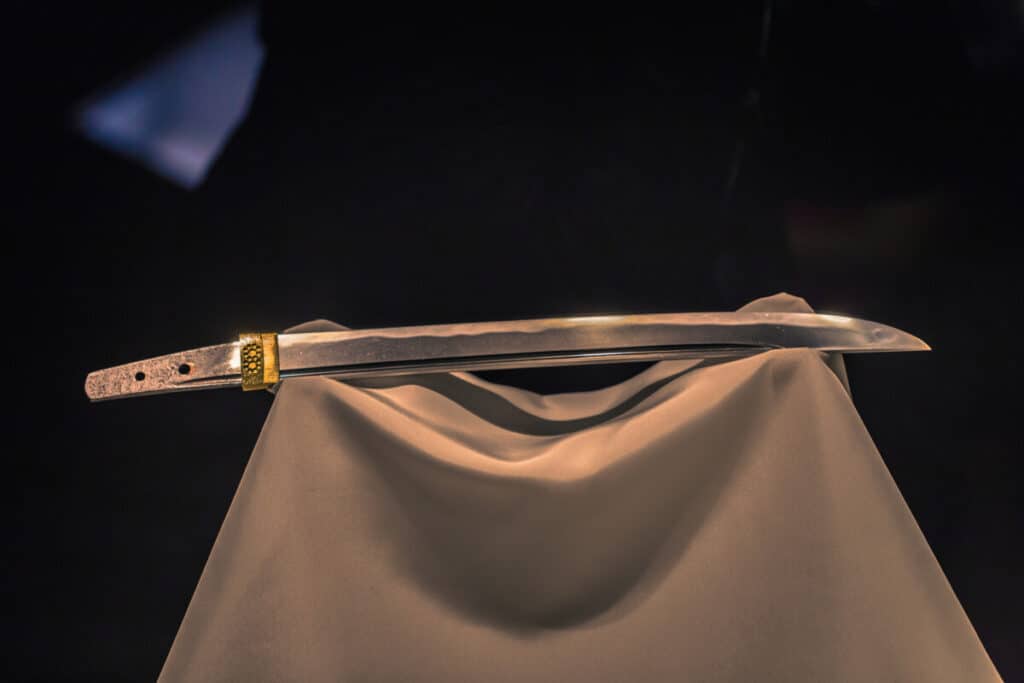
The wakizashi and tant are two smaller yet well-known accompanying swords. Carrying a long sword (katana or tachi) and a smaller weapon (daish) became the samurai’s trademark, and this pairing of swords is known as a daish (literally big and small).
Only samurai were permitted to wear daisho during the Edo era.
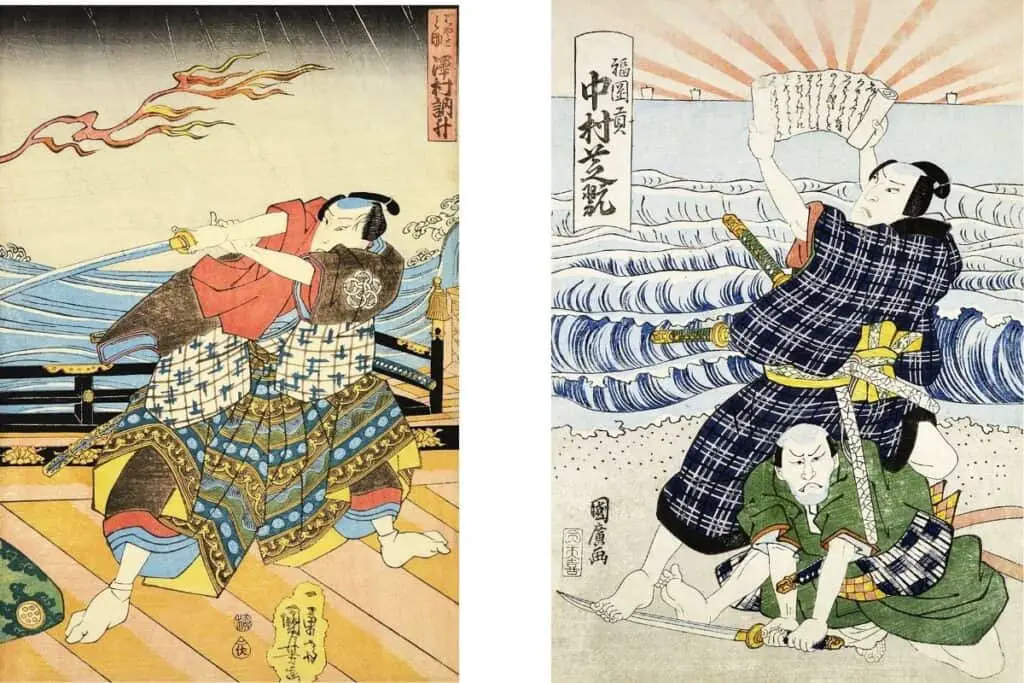
Yumi or Longbow
A prominent weapon of the Japanese Samurai was the ‘yumi or longbow, which was represented in the art of kyjutsu (meaning bow skill). When the tanegashima (Japanese matchlock firearms) was introduced in the Sengoku era, its use declined, although the technique was still performed, but only to demonstrate skill.
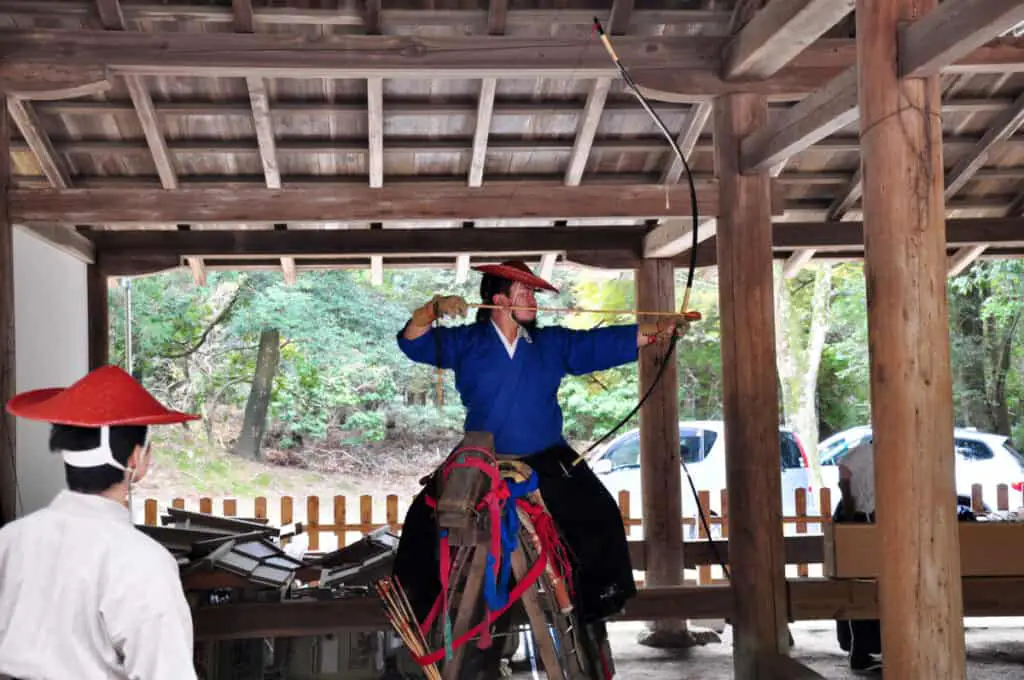
If precision was not a factor, the bow composed of bamboo, wood, rattan, and leather, had a maximum distance of a little over 300 feet.
It was mainly employed on foot behind movable wooden shields, but due to its design, it could also be deployed on horseback. The art of shooting from a horse became known as yabusame during Shinto ceremonies.
Yari or Spear
Samurai frequently employed pole weapons such as the yari (spear) and naginata. As personal courage became less of a concern and conflicts were more structured around foot troops, the yari replaced the naginata from the battlefield.
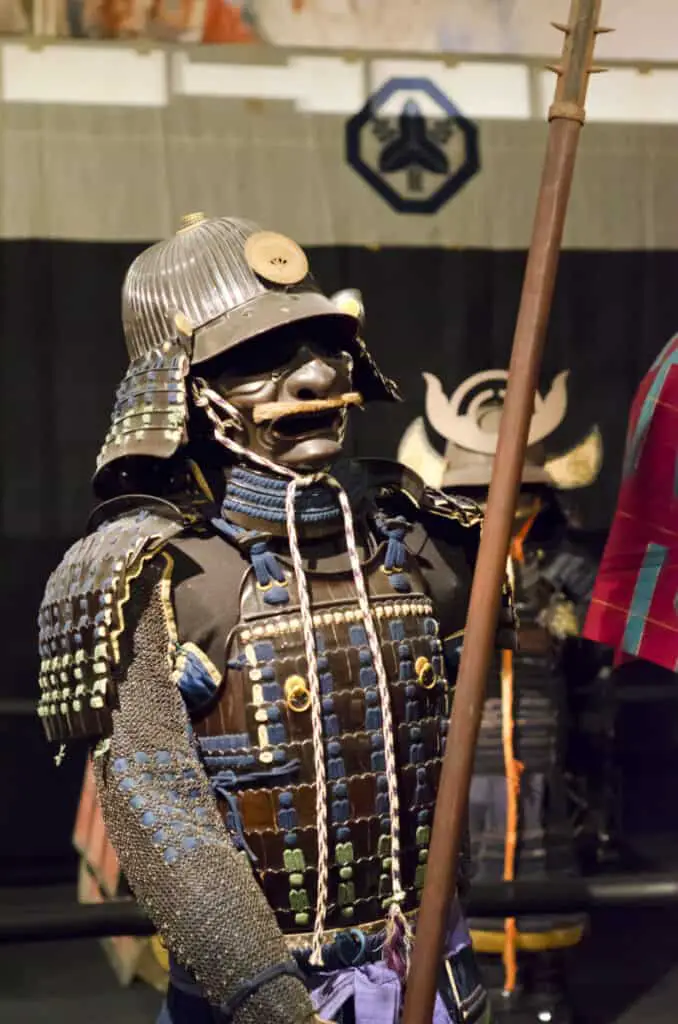
When utilizing a spear rather than a sword, a charge was also more advantageous, as it was more effective over using handheld swords.
Tanegashima Flint Lock Firearm
The first guns to arrive in Japan were highly effective and change much of how battles were fought.
Tanegashima arrived in Japan in 1543 as a result of Portuguese commerce. Tanegashima was mass-produced by Japanese gunsmiths, allowing warlords to mobilize and educate armies from a large percentage of the population.
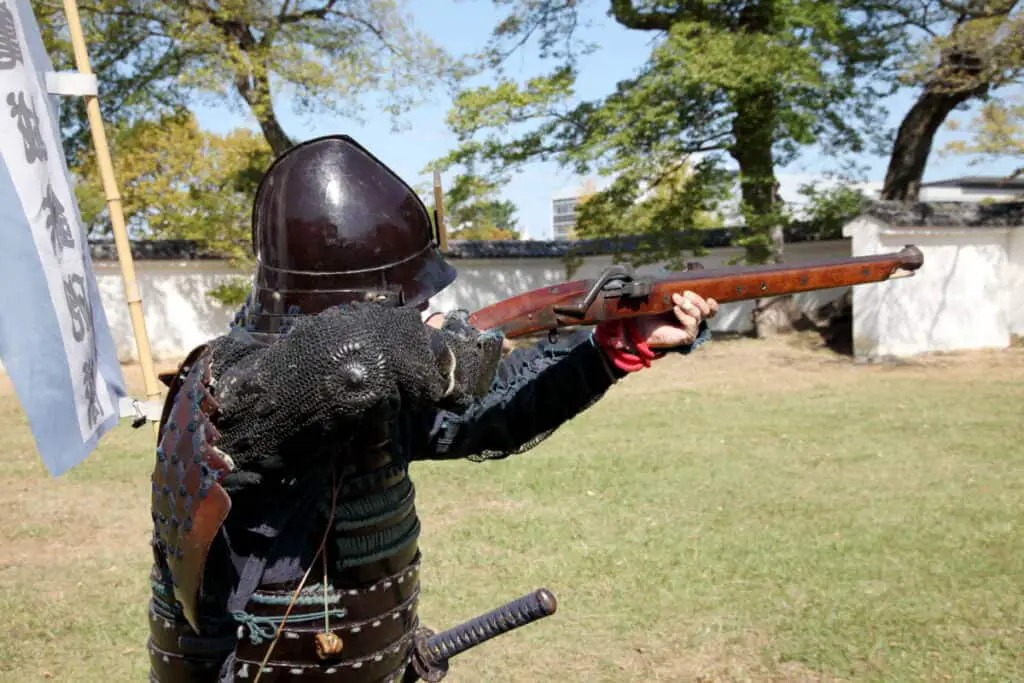
The firearms were extremely powerful, and because of their ease of use and lethal efficiency, the tanegashima surpassed the yumi as the tool of war. Japan had more guns than several European countries during the era.
Staff Or Hanbo or Tanbo
The samurai utilized a variety of staff weapons made of oak and other hardwoods, included the hanbo, and the tanbo.
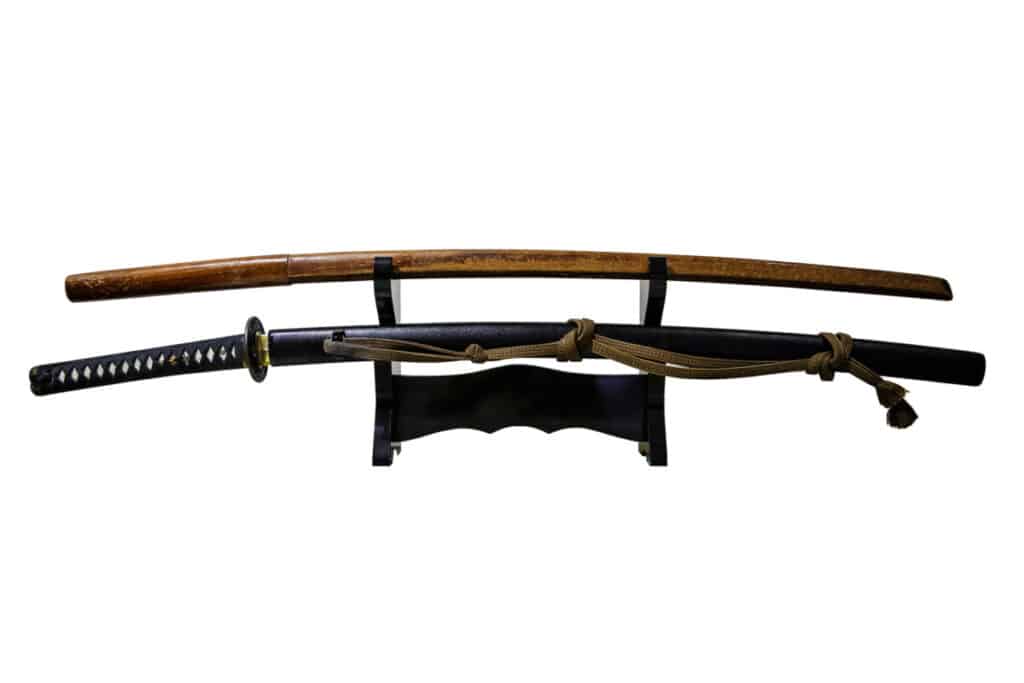
In addition to these hand held weapons cannons were introduced as the technology became available in Japan. By the 1570s, cannons had become a standard element of the samurai’s arsenal. They were frequently installed in castles and were employed to stop enemies from breeching castle fortification.
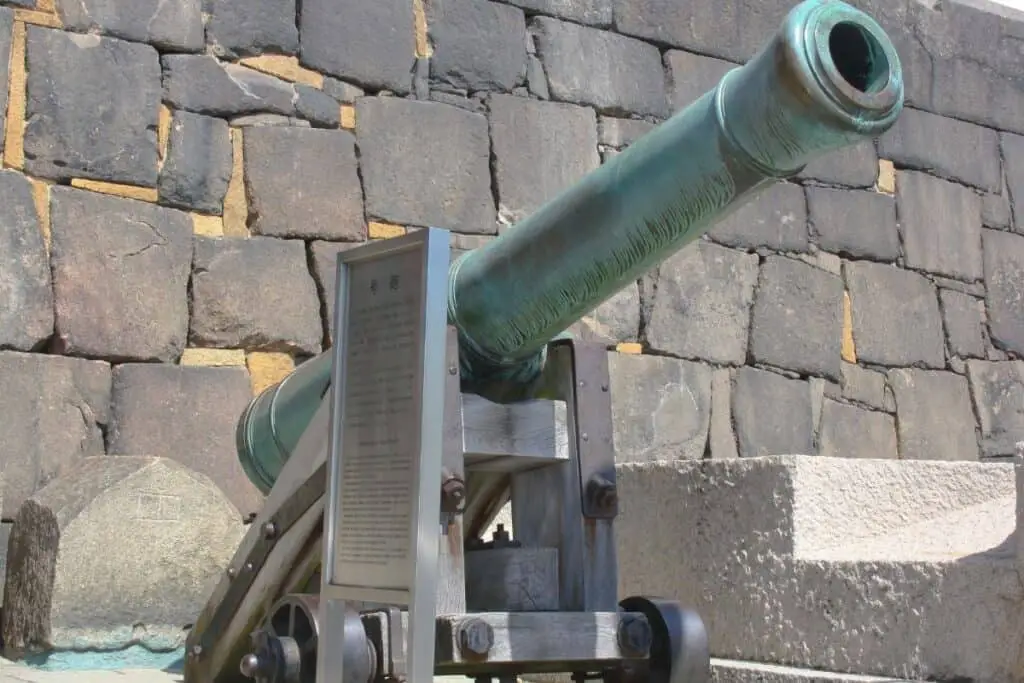
Modern Samurai Homes Castles and Fortifications
Homes and Castles still exist in Japan to this day. Many have been restored over the centuries and some appear as they did centuries ago. Visiting one of these historic sites gives a real sense of history.
Samurai Castles
Over the ages, castles grew from modest military forts erected high on mountains to huge structures in the midst of towns, serving as a sign of wealth, governmental power, and dwelling of the local ruler. The lord’s samurai protectorates lived in the town that surrounded the castle.
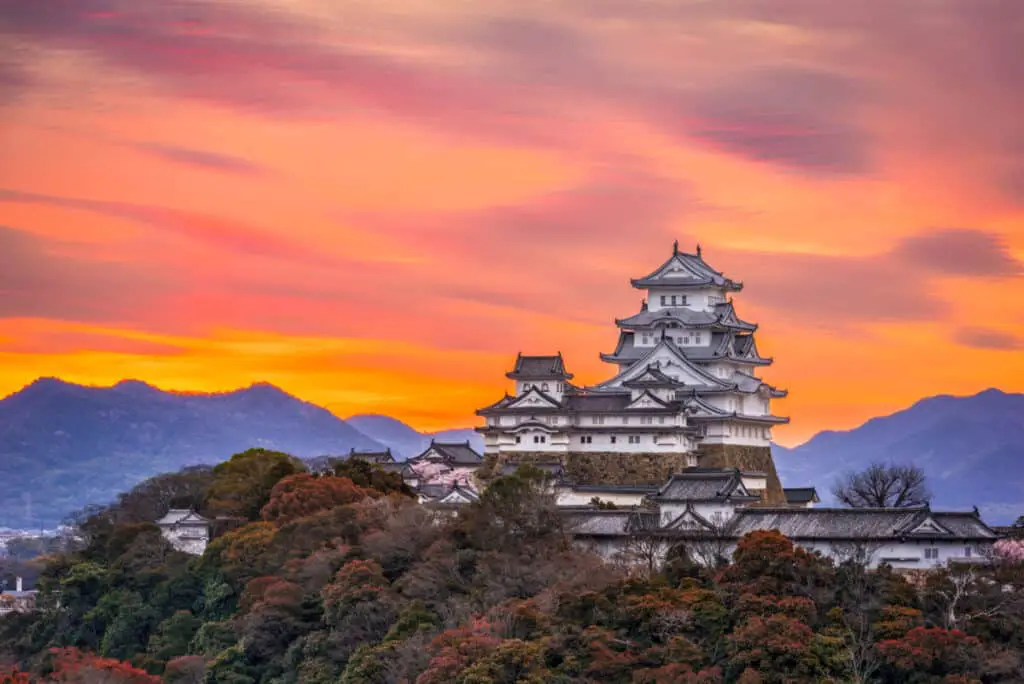
The greater the status of a Samurai the nearer they were permitted to live to the local ruler or lord.
In Japan today, there are over a hundred castles, of which, twelve ancient castles survived hundreds of years and remain mostly intact. Many have been restored or completely rebuild on previous sites.
The majority of the castles include museums or entire galleries dedicated to samurai relics and culture.
Samurai Estates and Districts
Aizu Bukeyashiki
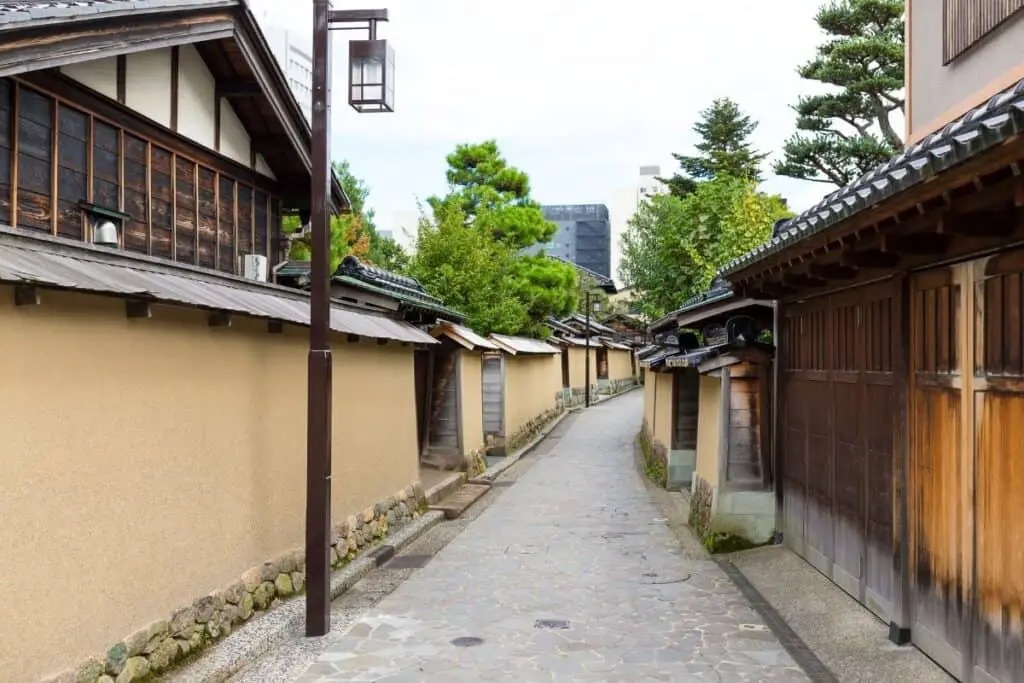
A large complex of Samurai dwellings, a castle and district (neighborhood) that remains somewhat similar to how it appeared in ages past.
Bitchu-Takahashi Town
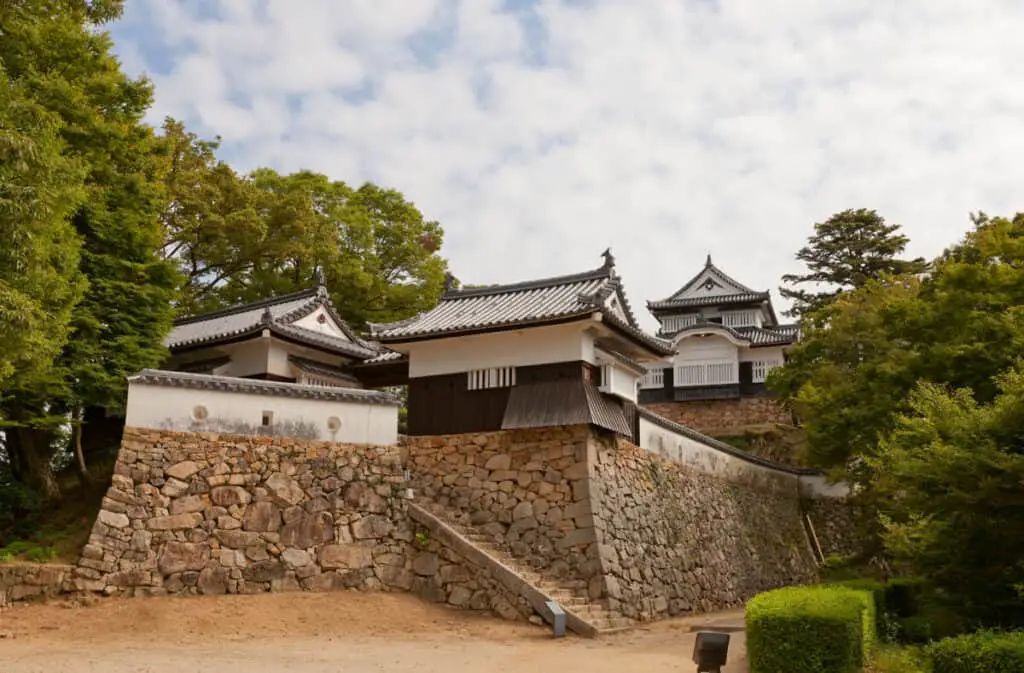
Near Matsuyama Castle, it includes Samurai homes and can be explored even today.
Chiran Samurai District
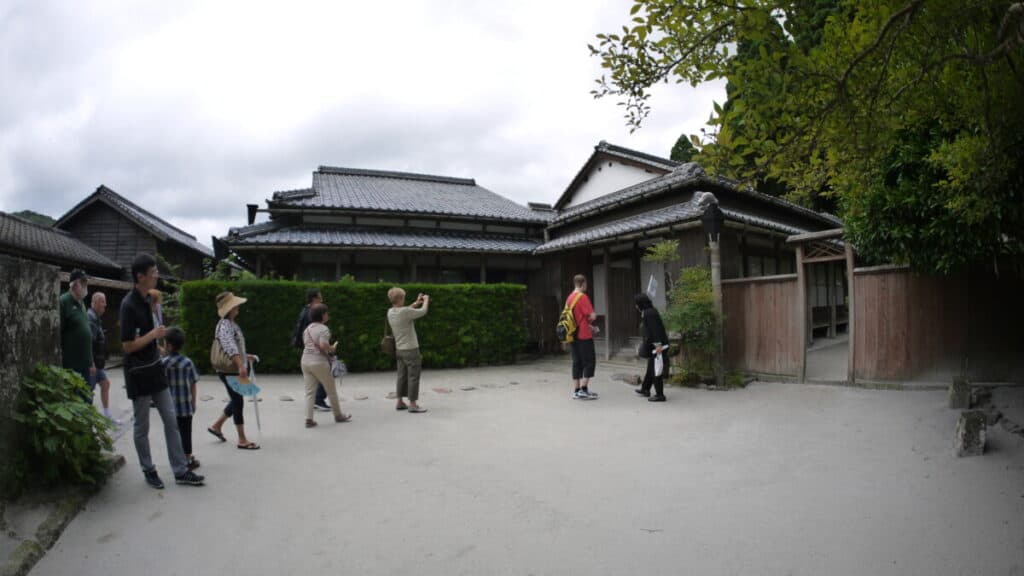
A restored samurai area with buildings and gardens dating back around over 200 years may be found inside the town. Chiran’s remote position on Kyushu’s southern coast has permitted the area to retain its historic appearance.
Kitsuki Samurai District
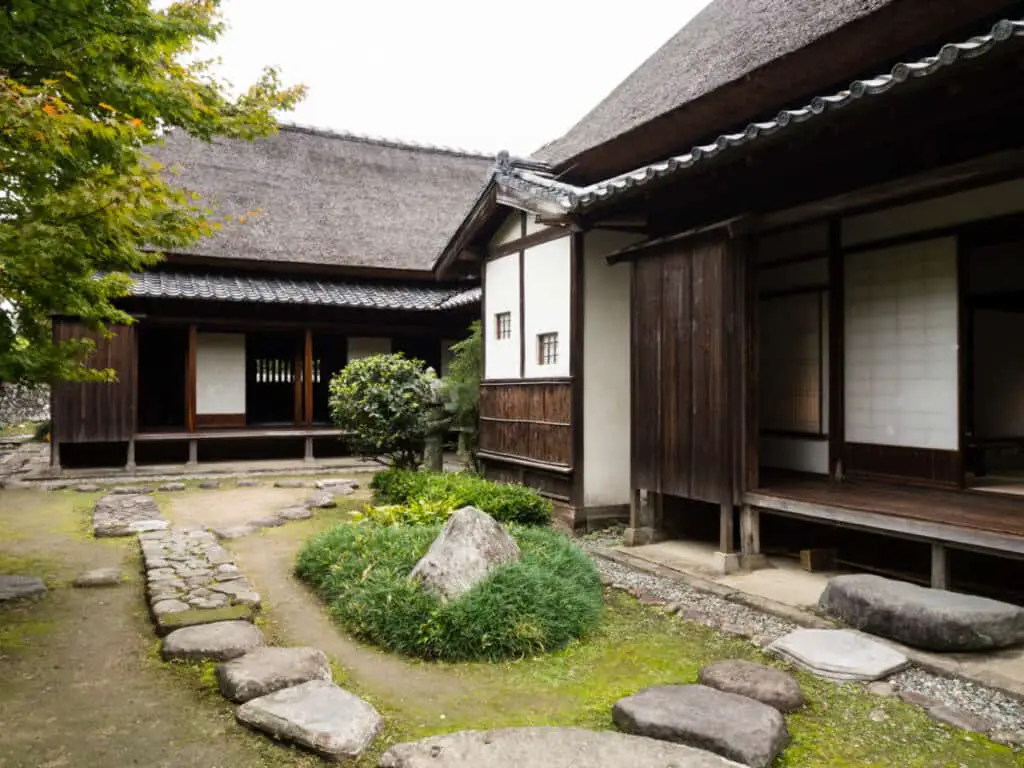
The village has a number of picturesque hills and open-to-the-public are samurai homes.
Kakunodate samurai district
If your itinerary doesn’t include leaving Tokyo then there is a museum dedicated to all things Samurai. The Museum includes a rare chance to wear samurai armor and try on helmets and armor for yourself.
A sword demonstration show and a chance to write calligraphic style of the samurai.
Samurai Museum Shinjuku
The museum is an 8-minute walk from Shinjuku Station on the JR Yamanote Line.
Tomorrow’s battle is won during today’s practice
Japanese Proverb

